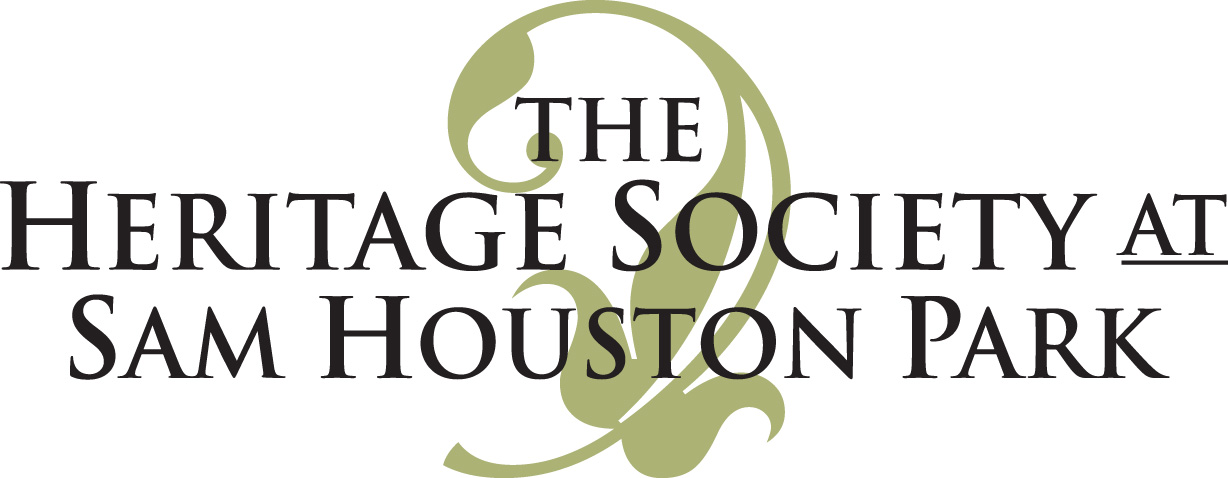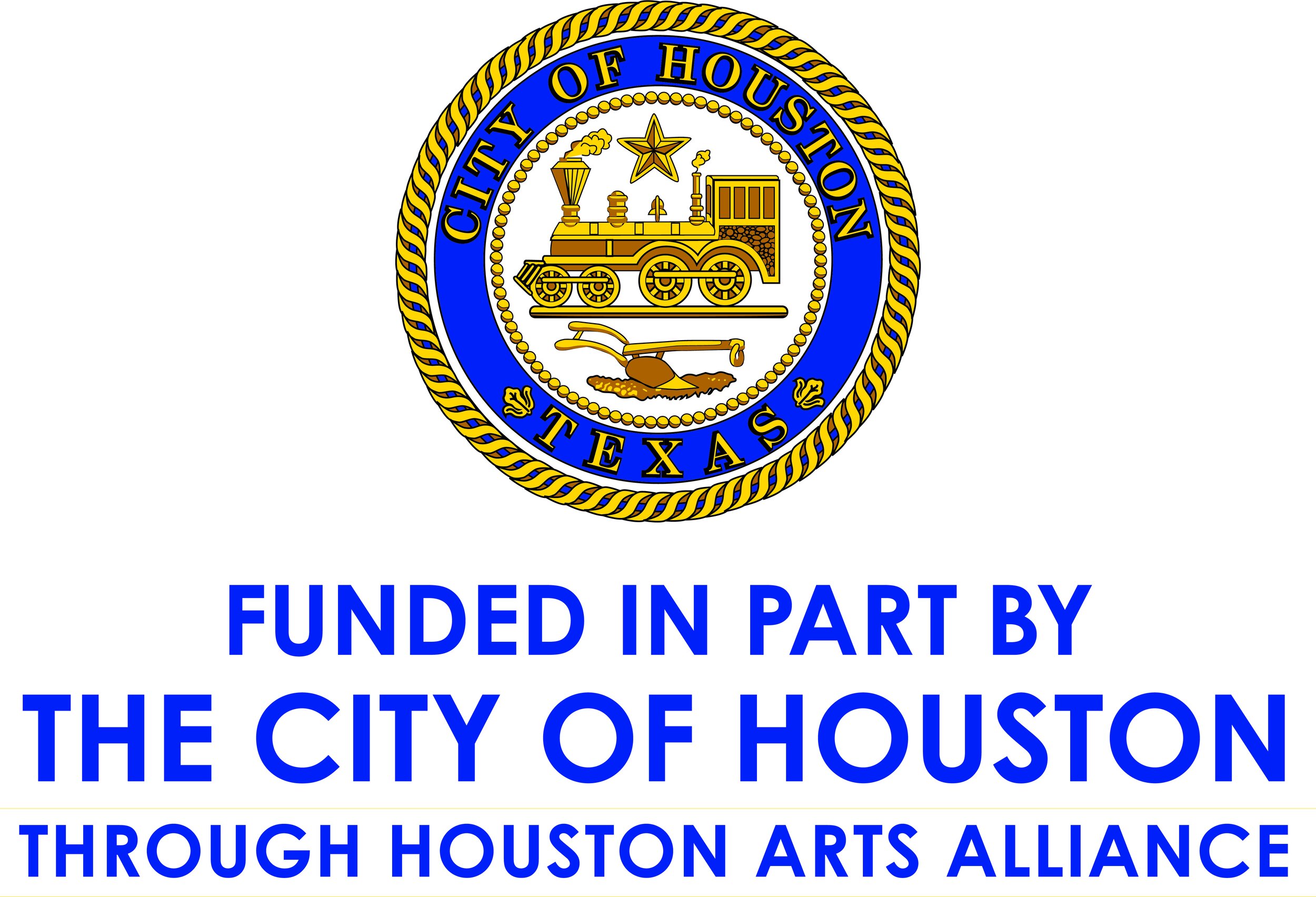Historic Woodland Heights
3222 Morrison Street
On October 15, 1907, Woodland Heights, an addition developed by William A. Wilson Realty Company, officially opened to the public with 600 lots for sale. The new addition, situated on high ground north of downtown near White Oak Bayou and Houston Avenue, was a new "streetcar suburb" of Houston, made possible by the establishment of new street car lines and the extension of old lines during the early twentieth century. The land was subdivided into 600 lots, which ranged in price from $300 to $750. In addition to the prime location offered by Woodland Heights, buyers benefited from other amenities.
The William A. Wilson Realty Company piped water to every lot in the addition; added sewers, graded streets and sidewalks; and proved their dedication to green space by planting shrubs, oaks, and sycamores. William A. Wilson was one of the earliest, if not the first, residential developer in Houston to plant live oak trees in rows along Bayland Avenue and other streets in the addition to shape a sense of community space. Entry gate piers were added at Bayland and Houston Avenue to mark the entrance to the addition. Residents enjoyed the proximity of both Highland Park (now Woodland Park), and Beauchamp Springs Public School (now William B. Travis Elementary School).
Woodland Heights saw a building boom of both residential and commercial buildings from 1907 to 1925. Many of the homes were designed in the Queen Anne, craftsman, and English cottage style. The building typologies include bungalows, cottages, and four squares. As was the necessity with residences built in Houston before the introduction of air conditioning, many of the homes included spacious front porches. In addition to the residential construction in Woodland Heights, business centers emerged. Five main business centers were developed along Houston Avenue north of White Oak Bayou, along Beauchamp Avenue to North Main, along White Oak Drive from Houston Avenue to Studewood, along Studewood from Little White Oak Bayou to 11th Street, and along Teetshorn and North Sabine. The Highland Park Hotel, which was located on Houston Avenue, was home to not only a hotel, but also a theatre, saloon, restaurant, and beer garden.
612 Woodland Street
Today, many of the historic Woodland Heights structures still stand. The Wilson Home at 205 Bayland was occupied by William A. Wilson and his family until his death in 1920. Mr. Wilson was the only original Woodland Heights developer to construct a residence in the addition. His home was the largest home in the neighborhood and the only one to exemplify prairie style architecture. The home underwent a major restoration in 2007 to return it to its former glory. In addition to the historic homes, St. Mark’s United Methodist Church on Pecore and Zion Lutheran Church on Beauchamp can be seen today. Woodland Heights now includes approximately 2,000 homes in 61 different developments. The original neighborhood boundaries have expanded to include Highland Park, Woodland Heights Annex, Grota Homestead, Norhill, Woodland Terrace, and Willborg.
Notable residents who have called Woodland Heights their home include actress Nan Grey; ballet dancer Li Cunxin, whose life story was told in his autobiography turned feature film Mao’s Last Dancer; American short story writer William Goyen; world renowned artist Dorothy Hood; and the first female elected to Houston City Government, former mayor Kathryn Whitmire.
On June 29, 2011, Houston’s City Council voted to approve the historic designation application prepared by Woodland Heights residents, thereby creating the Woodland Heights Historic District. The district includes roughly 386 homes and contains examples of the neighborhoods' variety of architectural styles.









